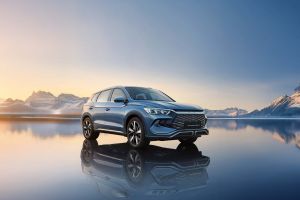
BYD brings affordable PHEV SUV to the market
BYD has added another model to its line-up in South Africa. This time it is the Sealion 5, which slots in below the larger Sealine 6, which is also available locally.
- Product News
- 15 December 2025
Over the past 18 months, some of the most prominent auto-brands – including VW, Toyota, MINI, BMW and Nissan – have updated or completely redesigned their visual brand identities to a more digital friendly image.
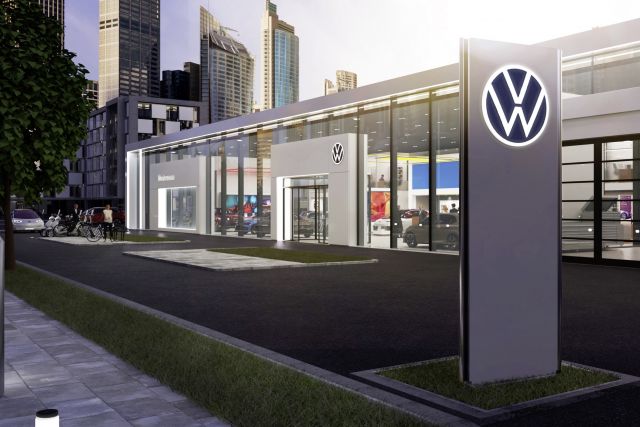
The most common denominator is a change from a three-dimensional design to a flatter, two-dimensional design to make it more digital friendly. Although digital media is the obvious platform for these new designs, more and more car manufacturers are introducing electric vehicles, and the updated designs have to keep these changes in mind as well.
According to Prof Jeremy Sampson, Managing Director of Brand Finance Africa, the update and re-imagining of brands are nothing new and should be embraced. “To be able to survive, brands must stay relevant and consequently have to evolve over time,” he explained.
“If you dig out photographs of your past, you will notice how dated the clothes, the décor and overall look-and-feel of the photo are. This is proof that you too have changed over time in an attempt to stay relevant, while at the same time perhaps aiming to stand out from the crowd,” says Prof Sampson.
According to him, a key component in the very competitive automotive industry has to be to stay relevant, as well as instant recognition. “When brands like Toyota and BMW take the name away from their logos, you will still be able to tell which car brand it is,” he says. “However, the DNA of the brand has to stay consistent to ensure recognition and brand loyalty, and I think most of the recent examples we have seen are keeping the essence of the brand intact.”
The decision to evolve a logo or revamp the company’s corporate image is not taken lightly, considering global copyright issues and the cost implications. Apart from intensive research, the introduction of any new image must always be recognisable, enhance awareness and, in the end, build brand loyalty.
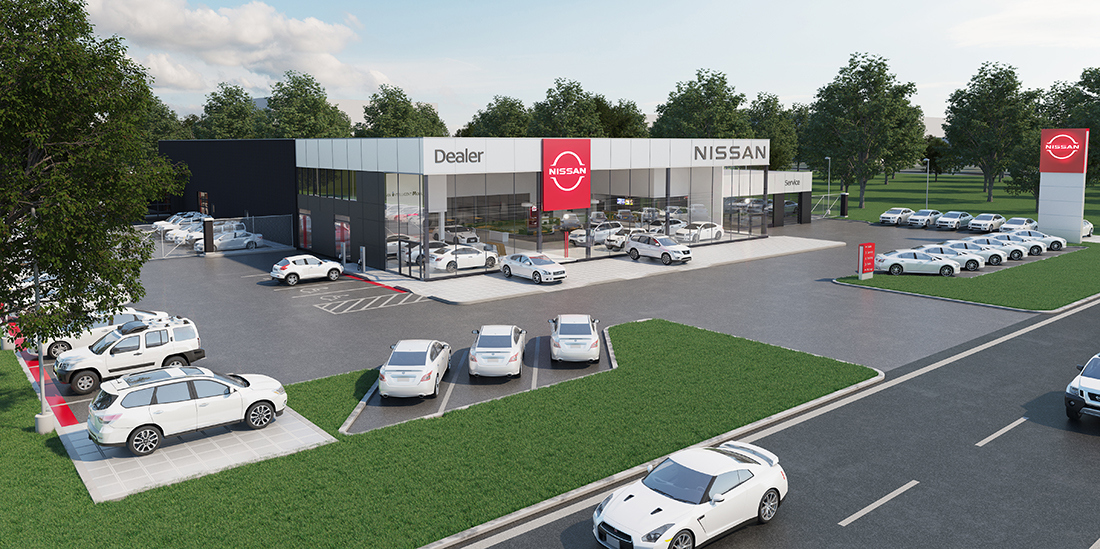
Nissan recently stated that the process of a new logo dates back to 2017 in an attempt to always try keeping the essence alive, with Nissan’s new “calling card” reflecting the significant changes in society over the last two decades. “It is a re-imagination of the iconic Nissan brand logo for a new chapter, coming alive as it pivots to the future while staying proudly connected to its rich heritage and tradition of innovation. The company name remains at the centre of the logo, communicating an instantly recognisable brand that evokes past milestones and memories while also conveying evolution.”
Although the upgrade and revamp of dealerships are a costly affair showrooms will gradually introduce the new design in the next five years.
According to a statement, Volkswagen’s future is electric, fully connected and has a neutral carbon balance. With its new brand design, VW has created a uniform global 360° brand experience, which is more modern and more authentic. The new Volkswagen logo with its flat two-dimensional design is clearer and has been reduced to its essential elements. The brand design and the logo aim for high flexibility and are intended for digital applications.
It has been more than 20 years since BMW last revamped its corporate identity. This was recently unveiled with a focus on online and offline communication purposes. The BMW, BMW i and BMW M communication logos have been completely reworked, with a new logotype and new design principles. The BMW brand now delivers on the expectations and visual style of today and is better-suited to the digital age.
According to a BMW press statement, the new design is an expression of the revised brand identity, which places the customer at the centre of all activities. Pared-down and two-dimensional, it conveys openness and clarity. The additional transparent version of the logo is an open invitation for customers to join the world of BMW.
According to Prof Sampson, changing your visual brand can be compared to a woman changing the colour of her lipstick or hair and wearing a new outfit before she goes out for dinner with someone special. “She is preparing herself to be noticed and be relevant for the occasion, but the person is still the same person,” he says. “In the same way, the automotive industry is working to stay relevant in a digital age to attract the attention of its customers,” he said.

The Big C, as cancer is sometimes referred to, is survivable, and knowledge about it plays a vital role in overcoming it.
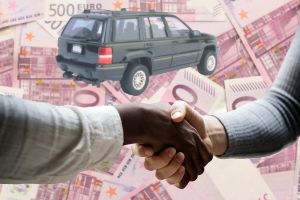
Over the past six years, South Africa has witnessed a marked rise in the monthly repayments agreed upon by vehicle buyers, with the sharpest increases seen among those financing used cars rather than new ones.
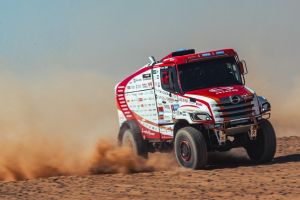
The Dakar Rally is often portrayed as a heroic clash between man, machine and an unforgiving wilderness.